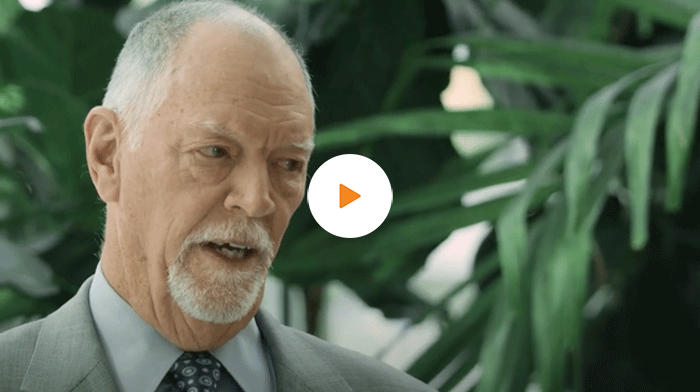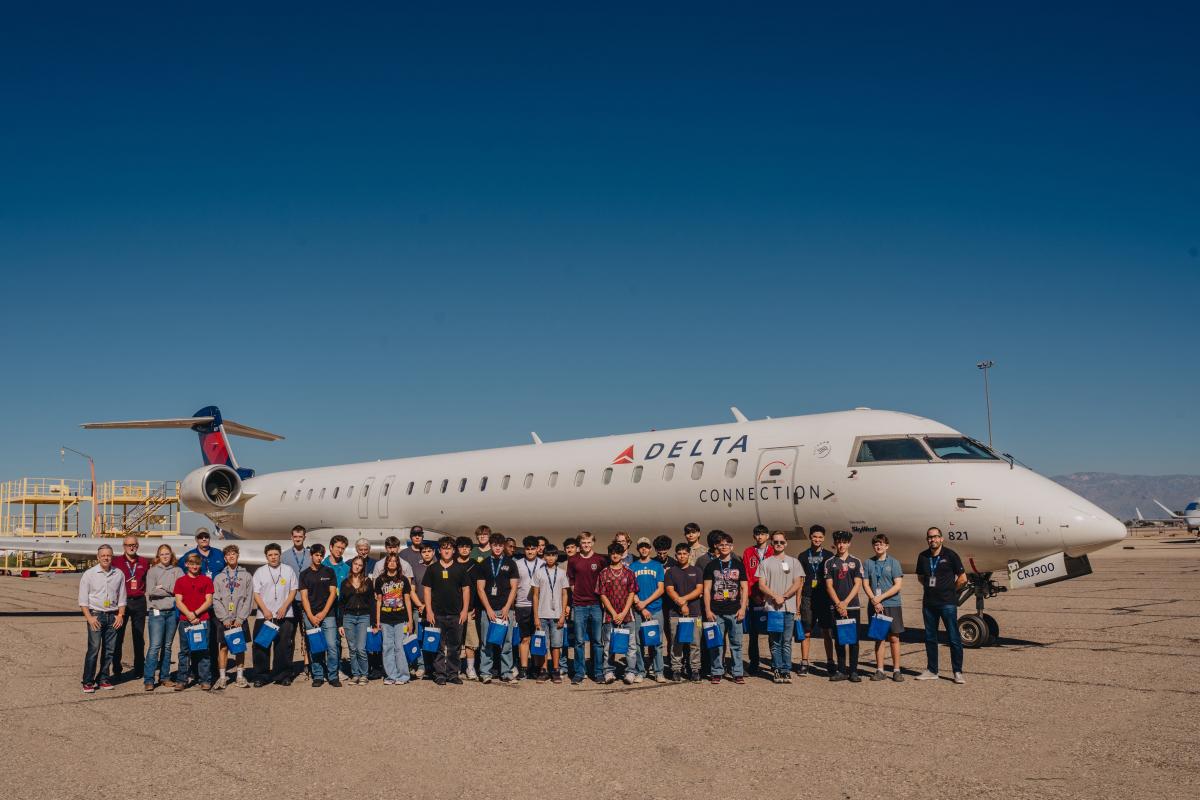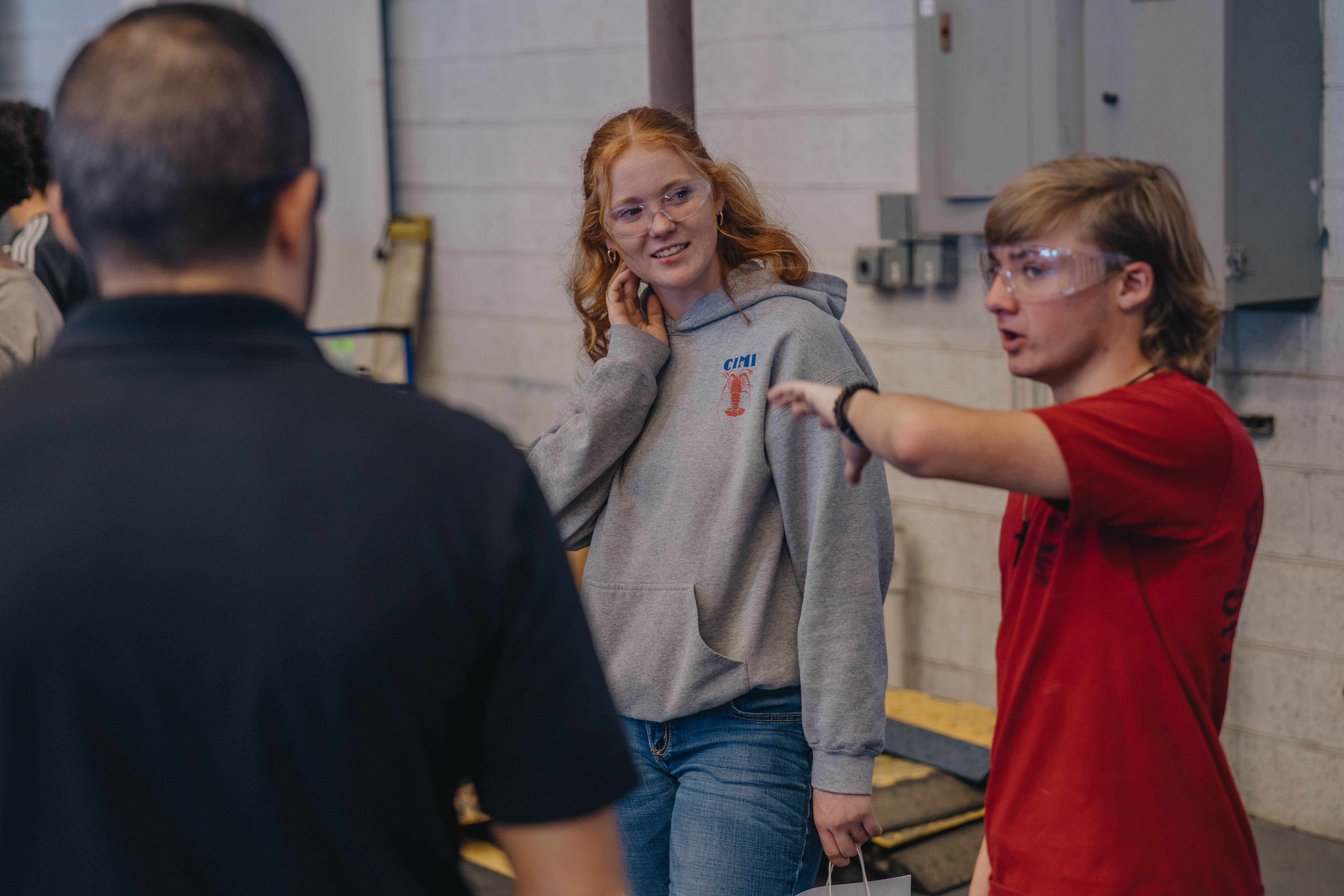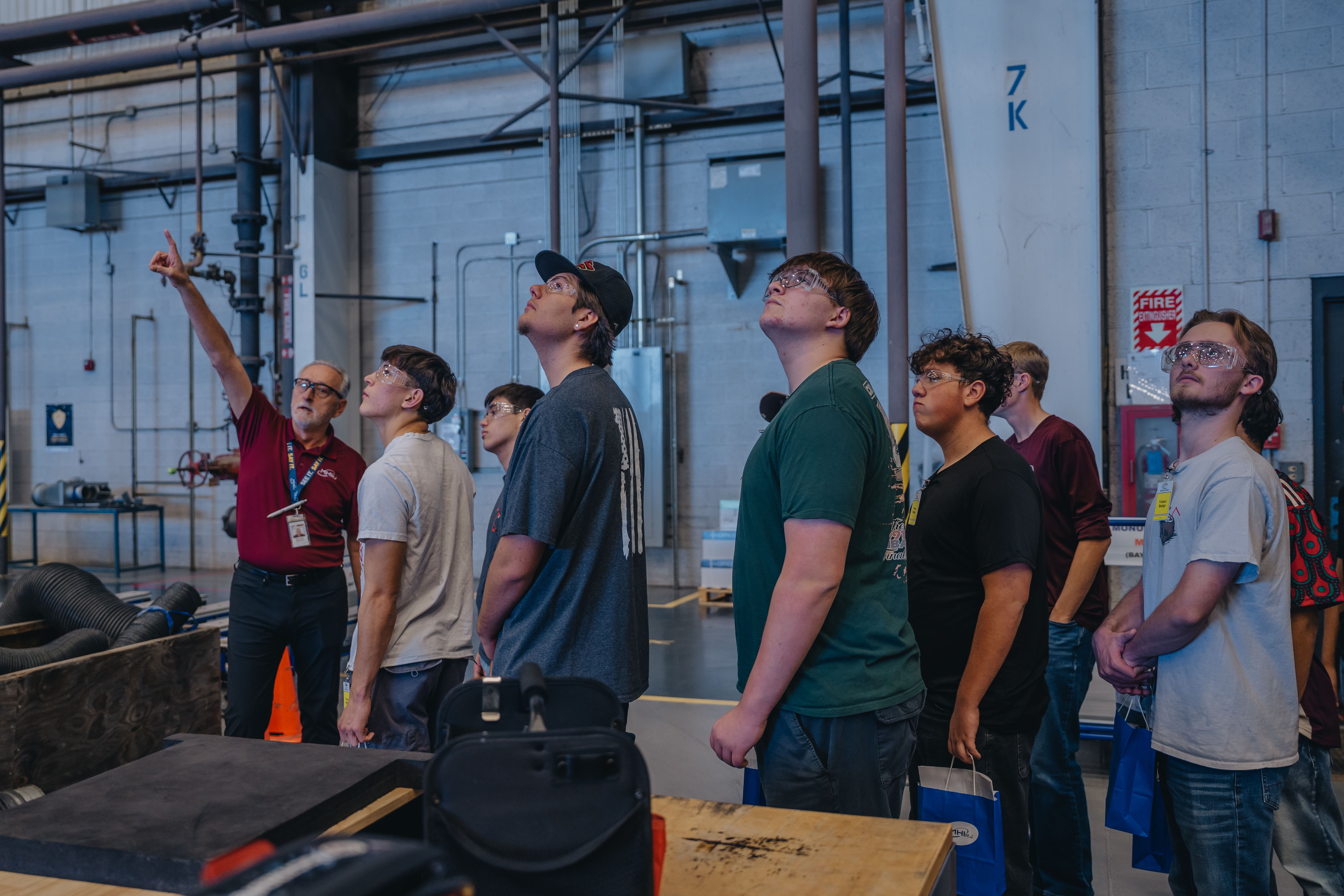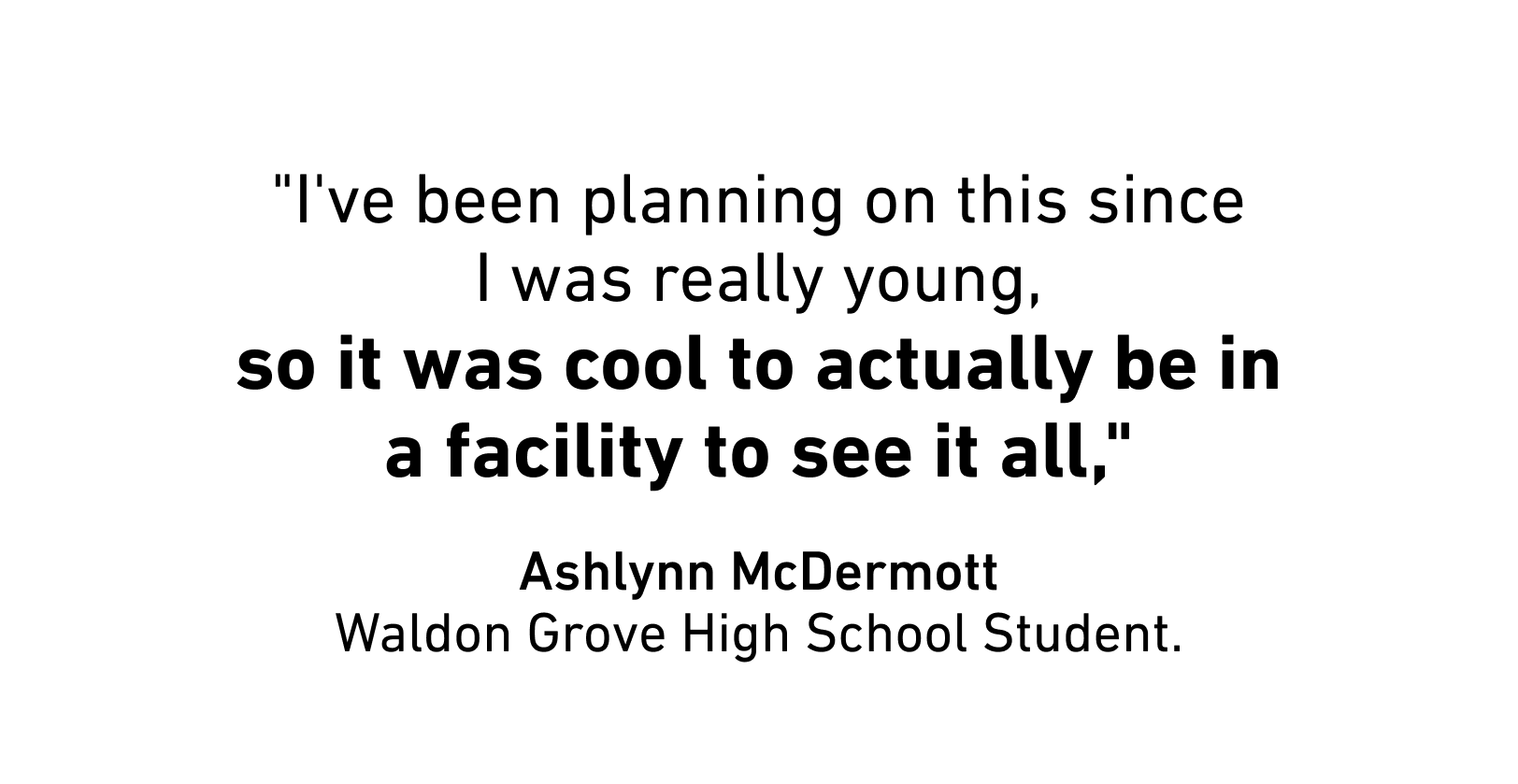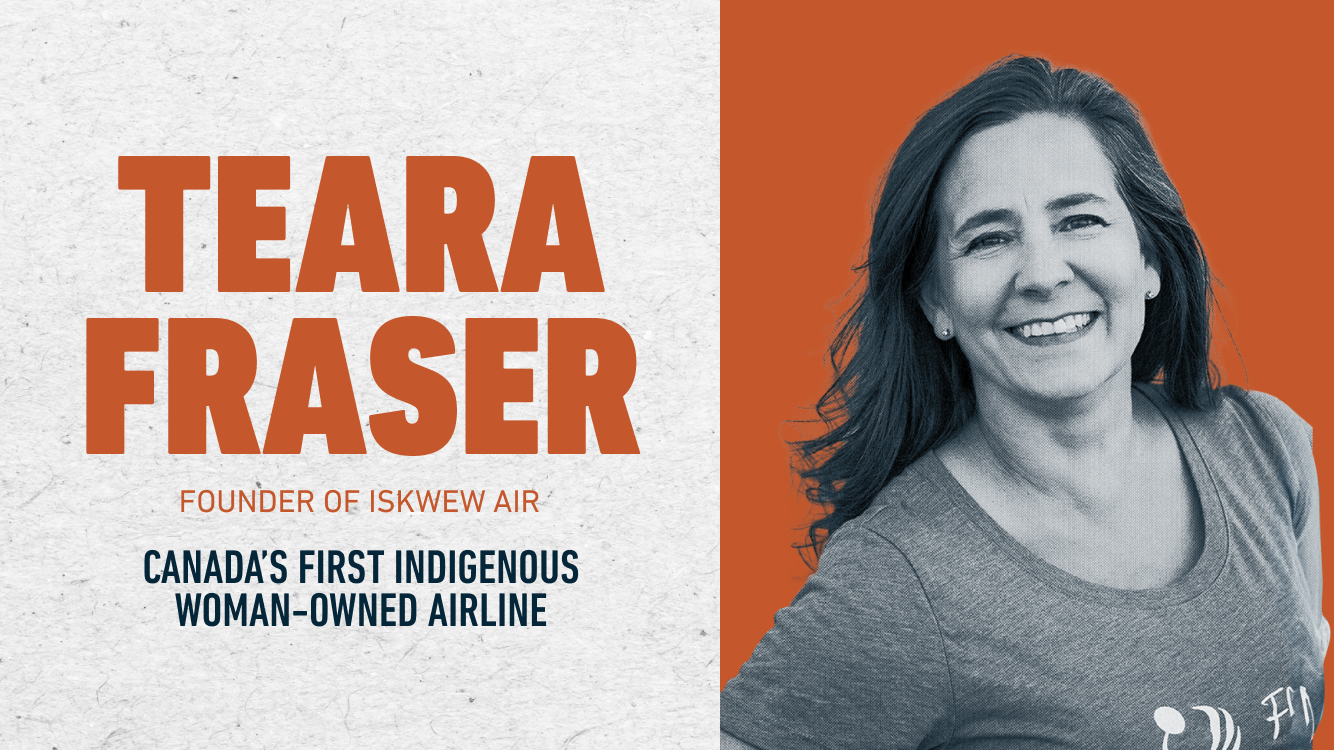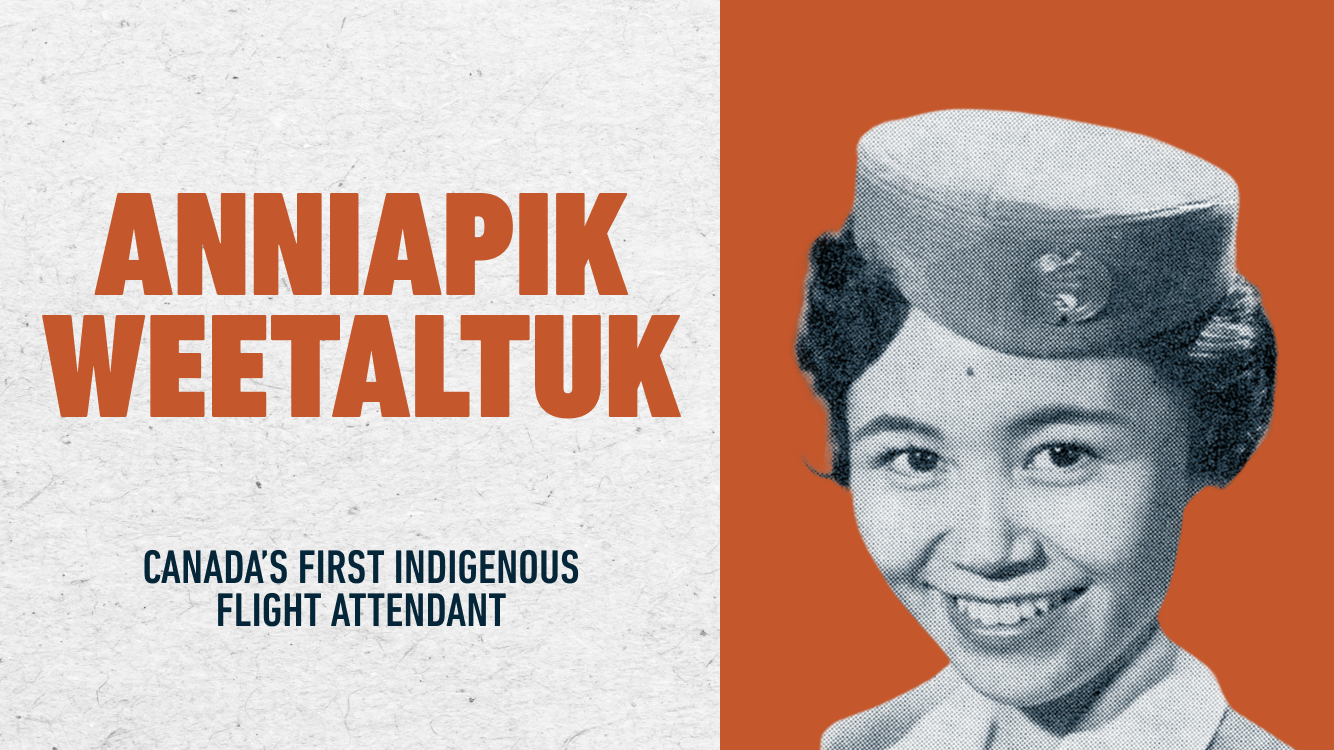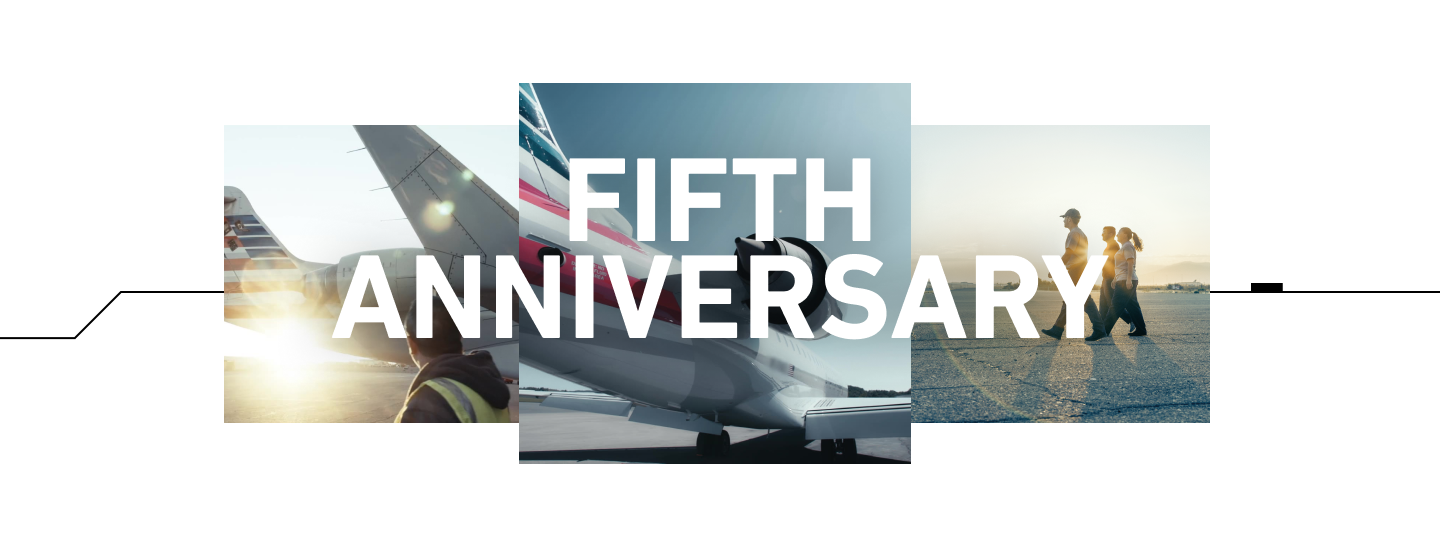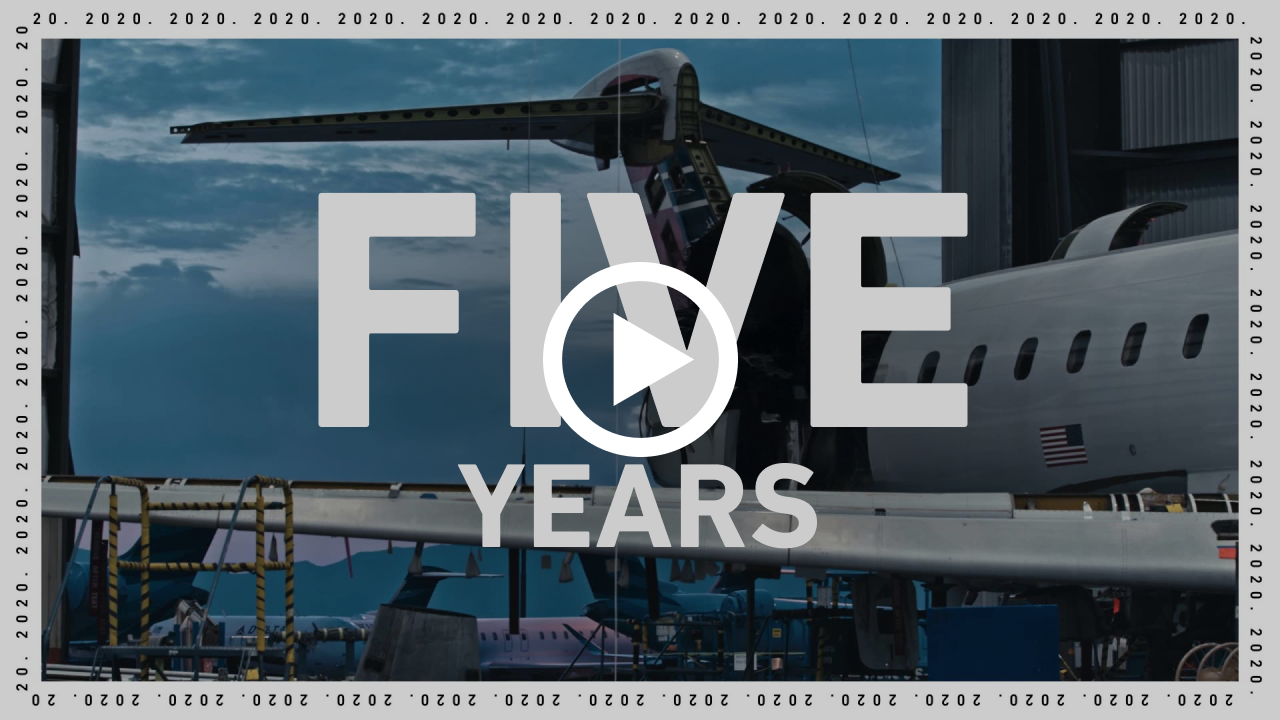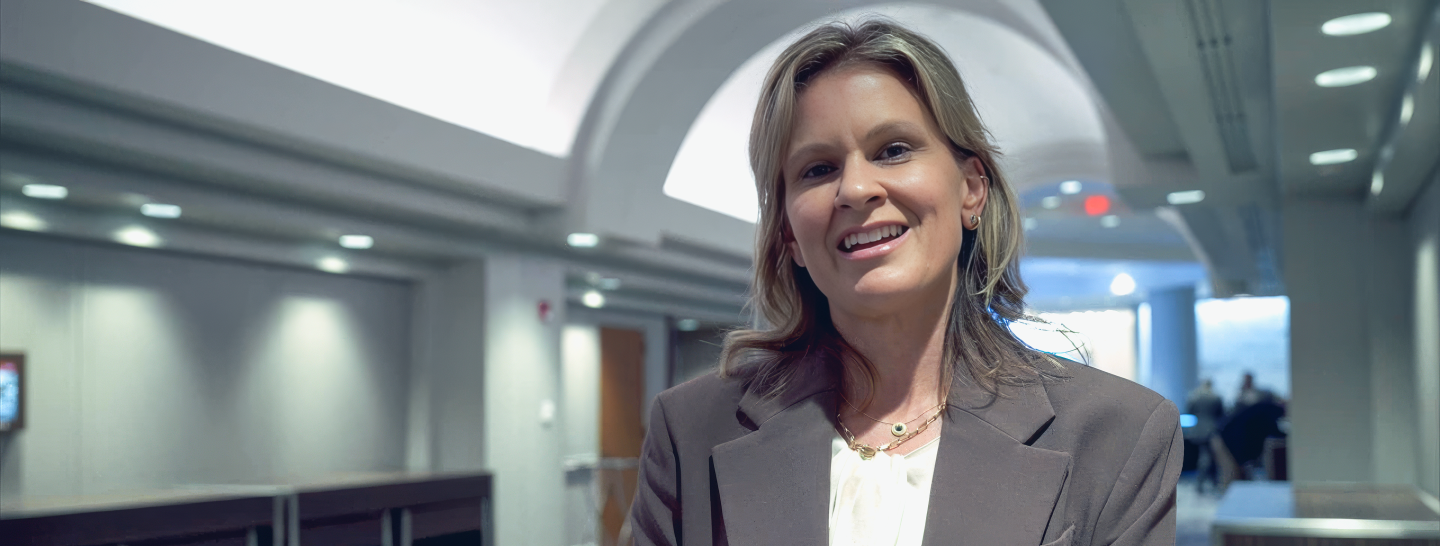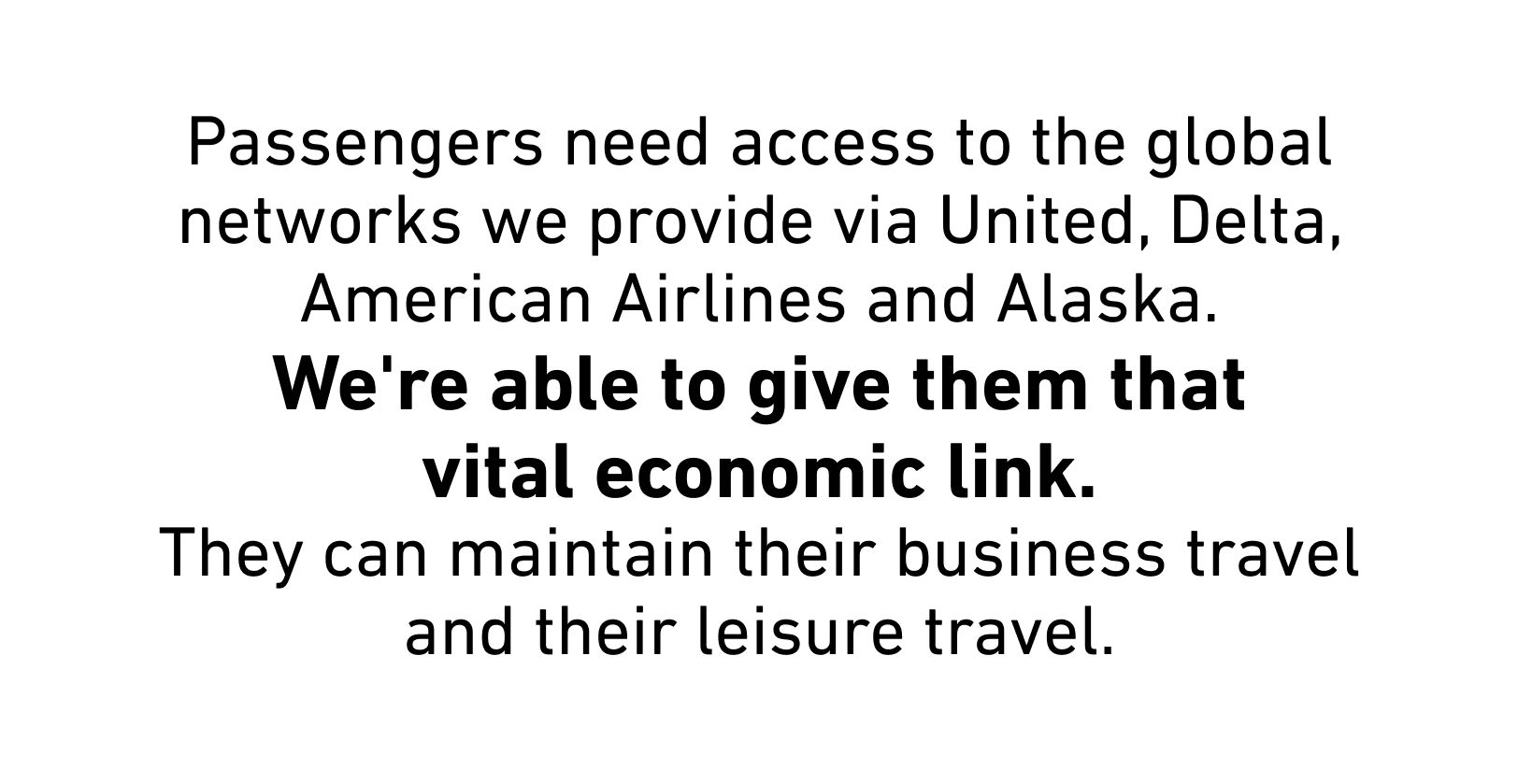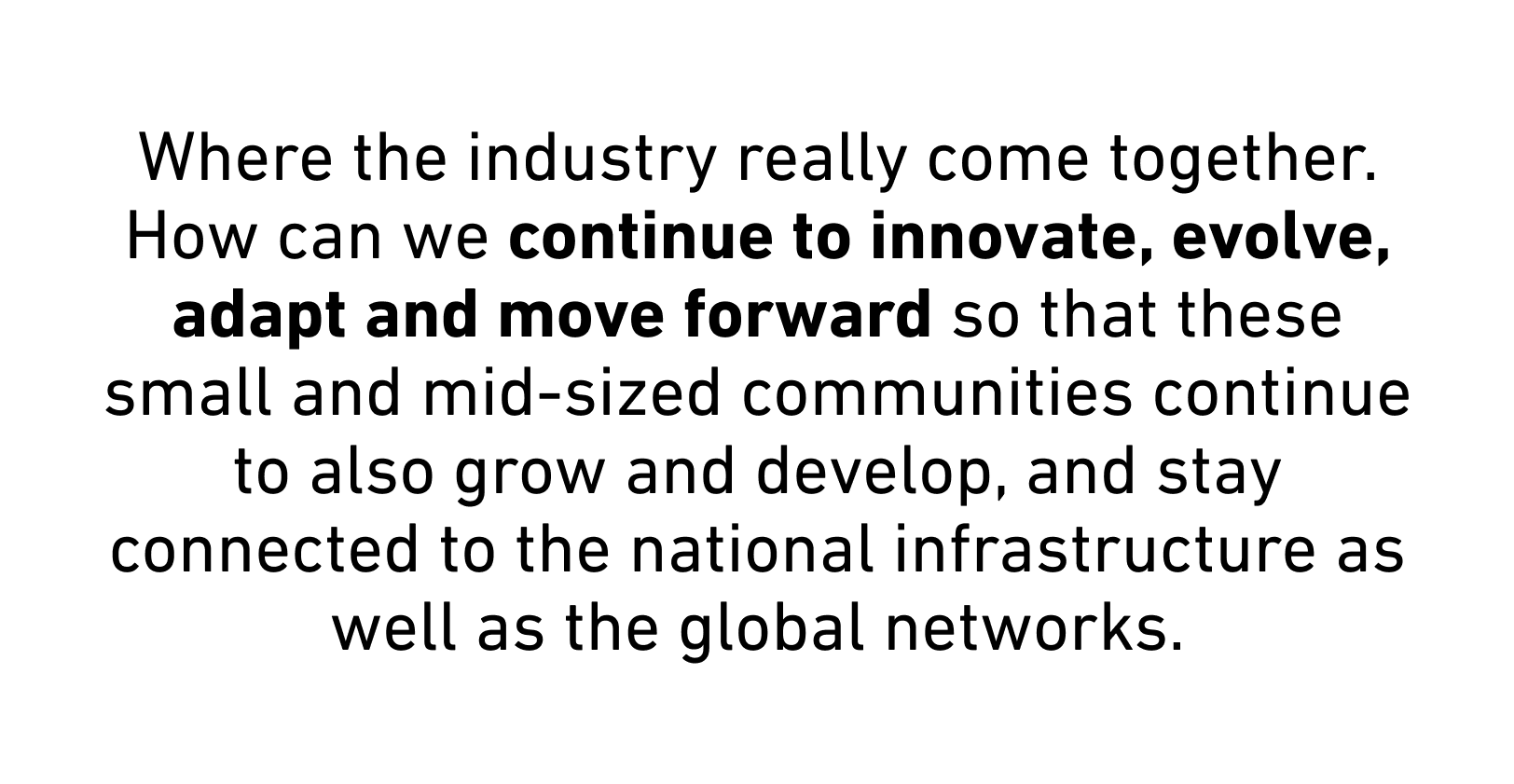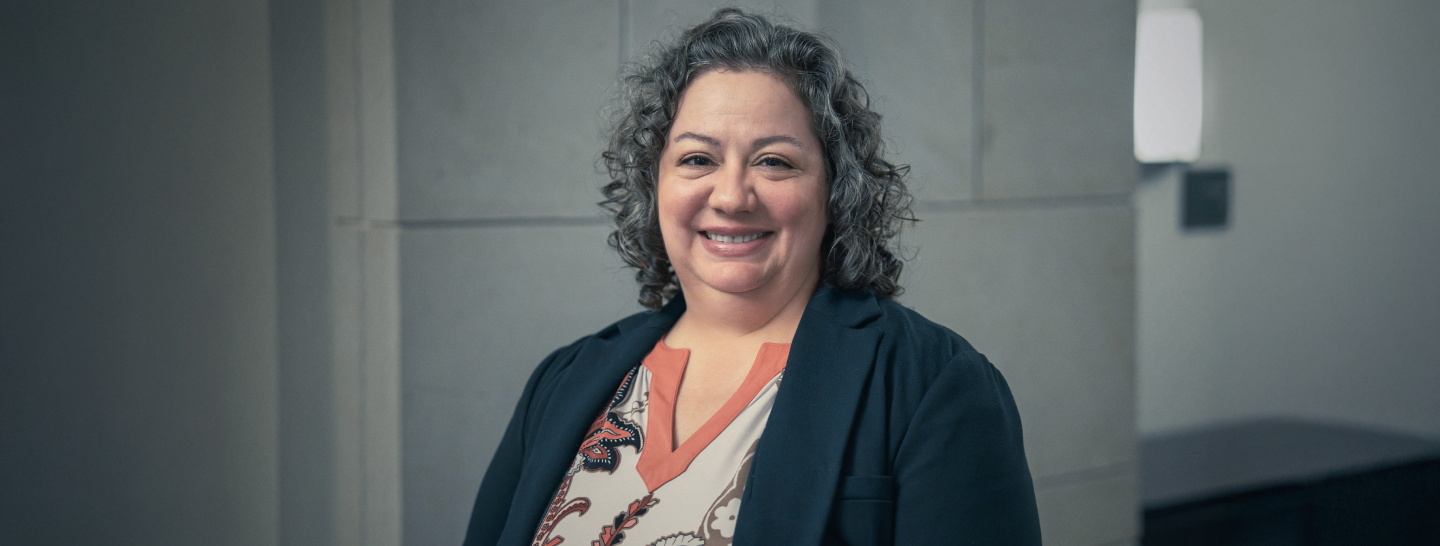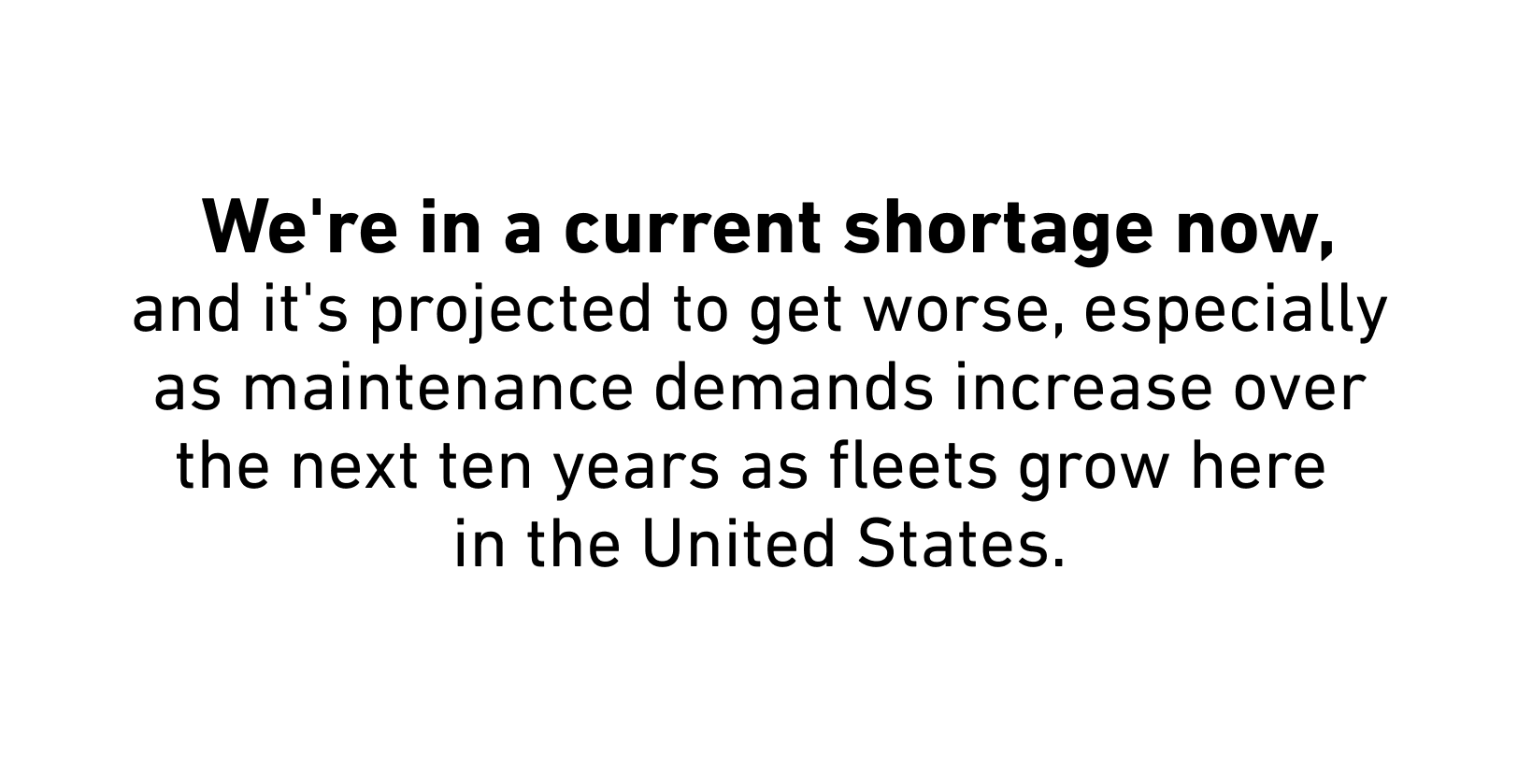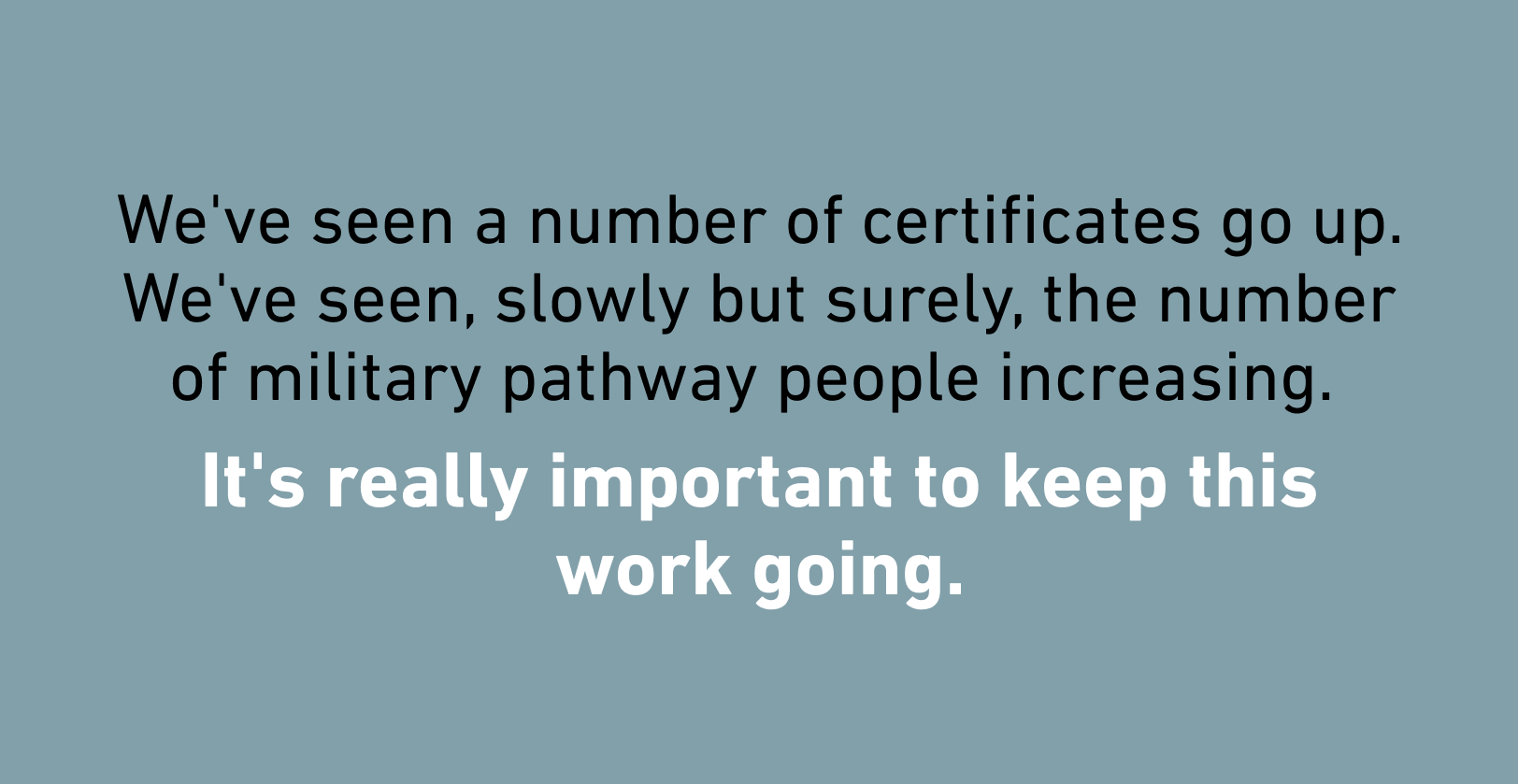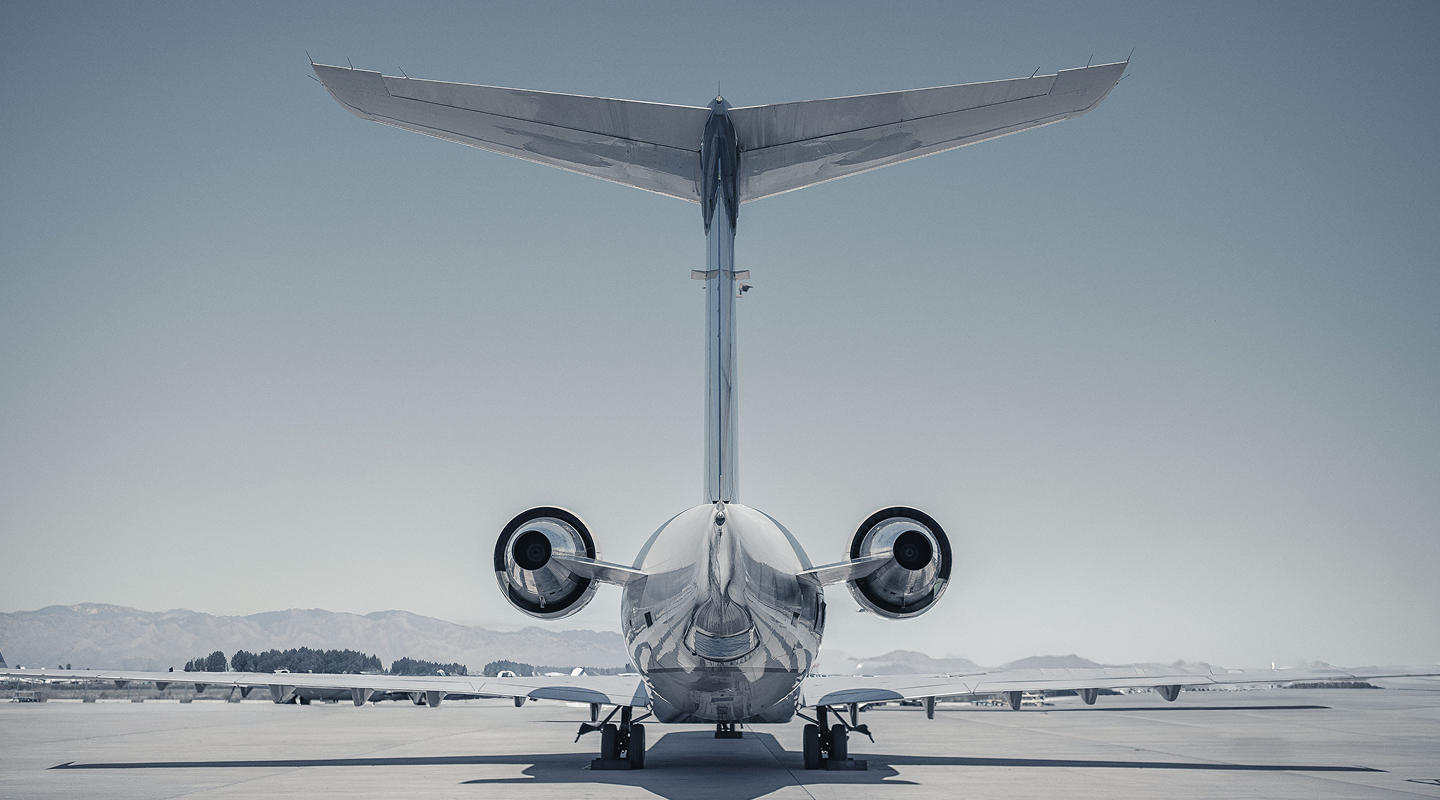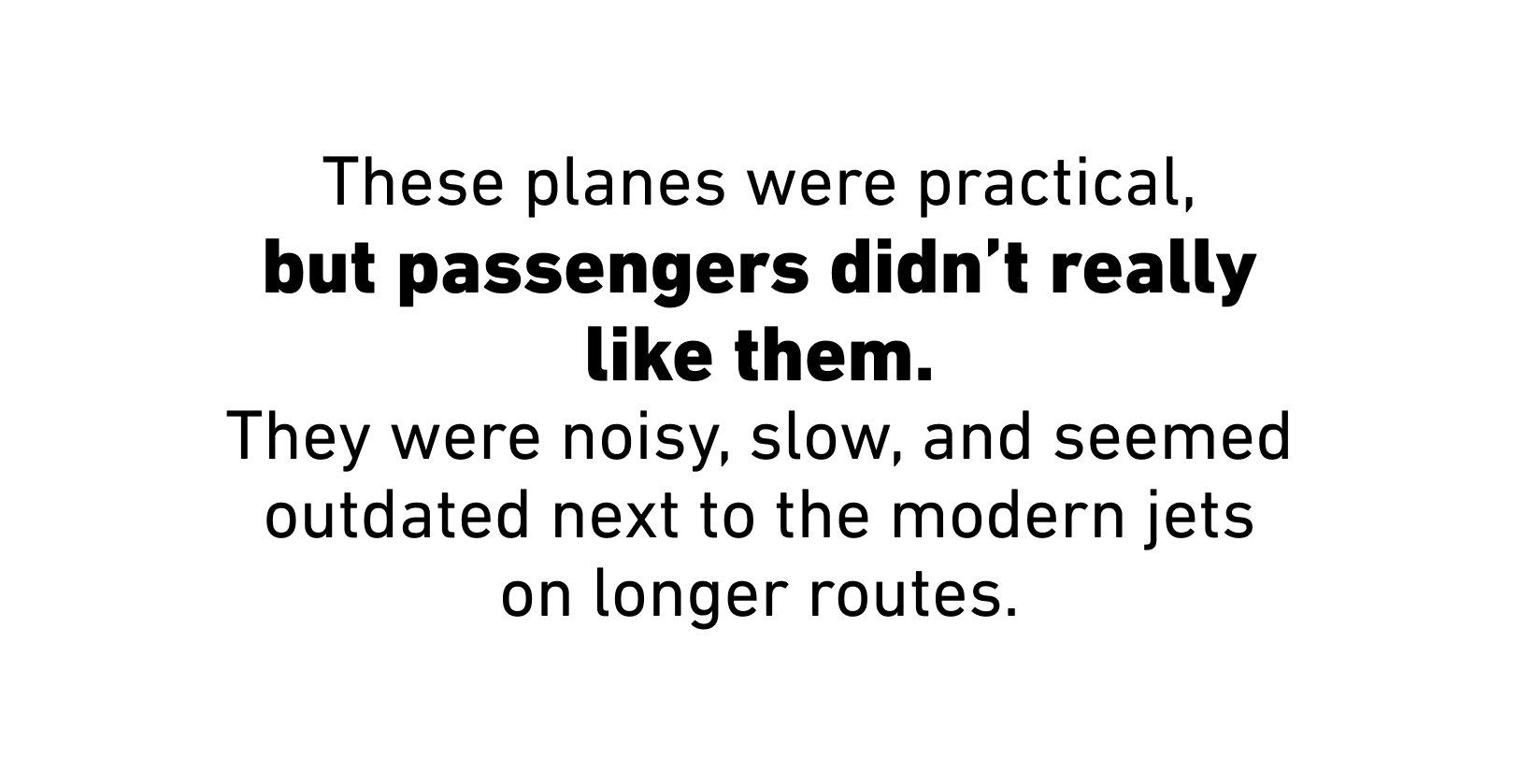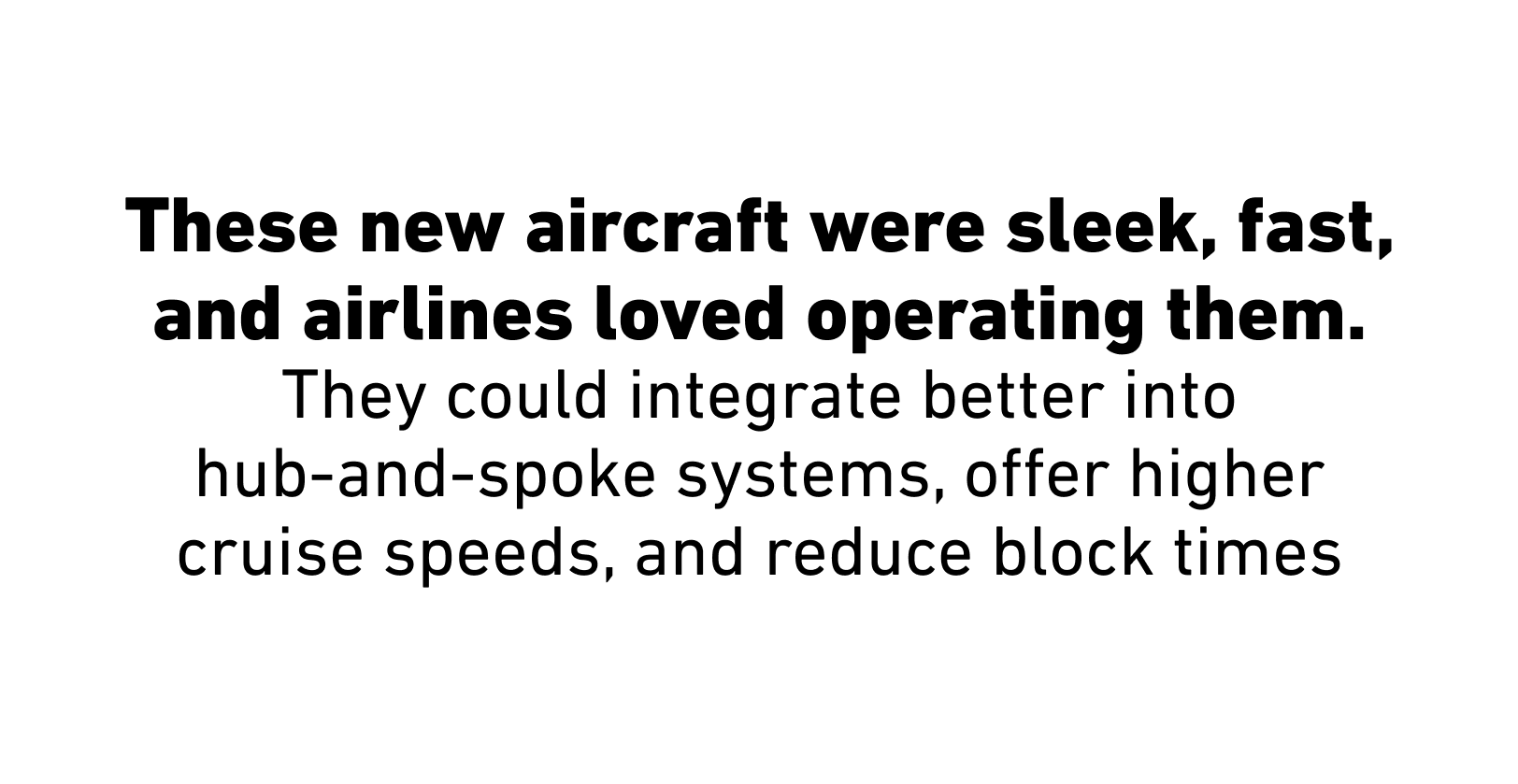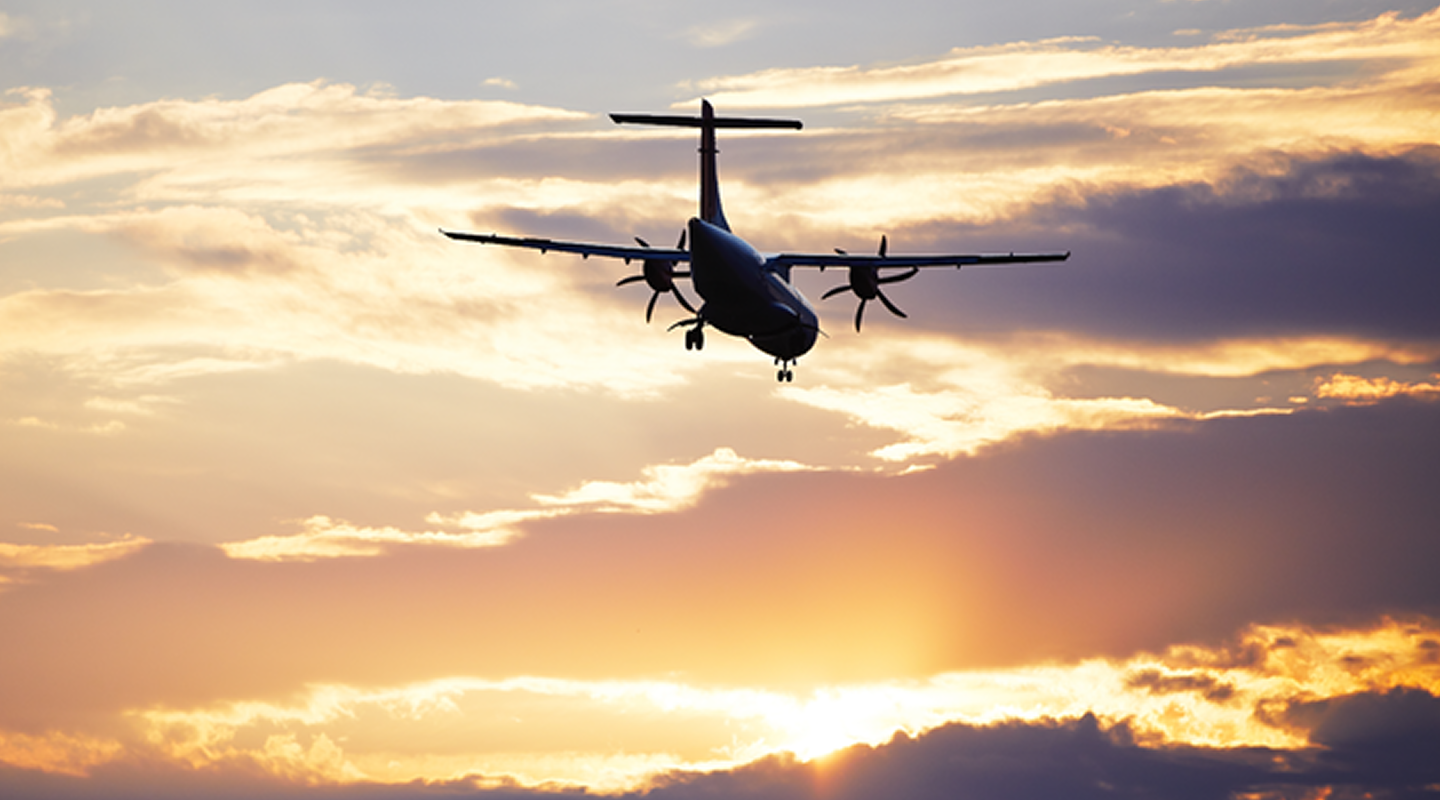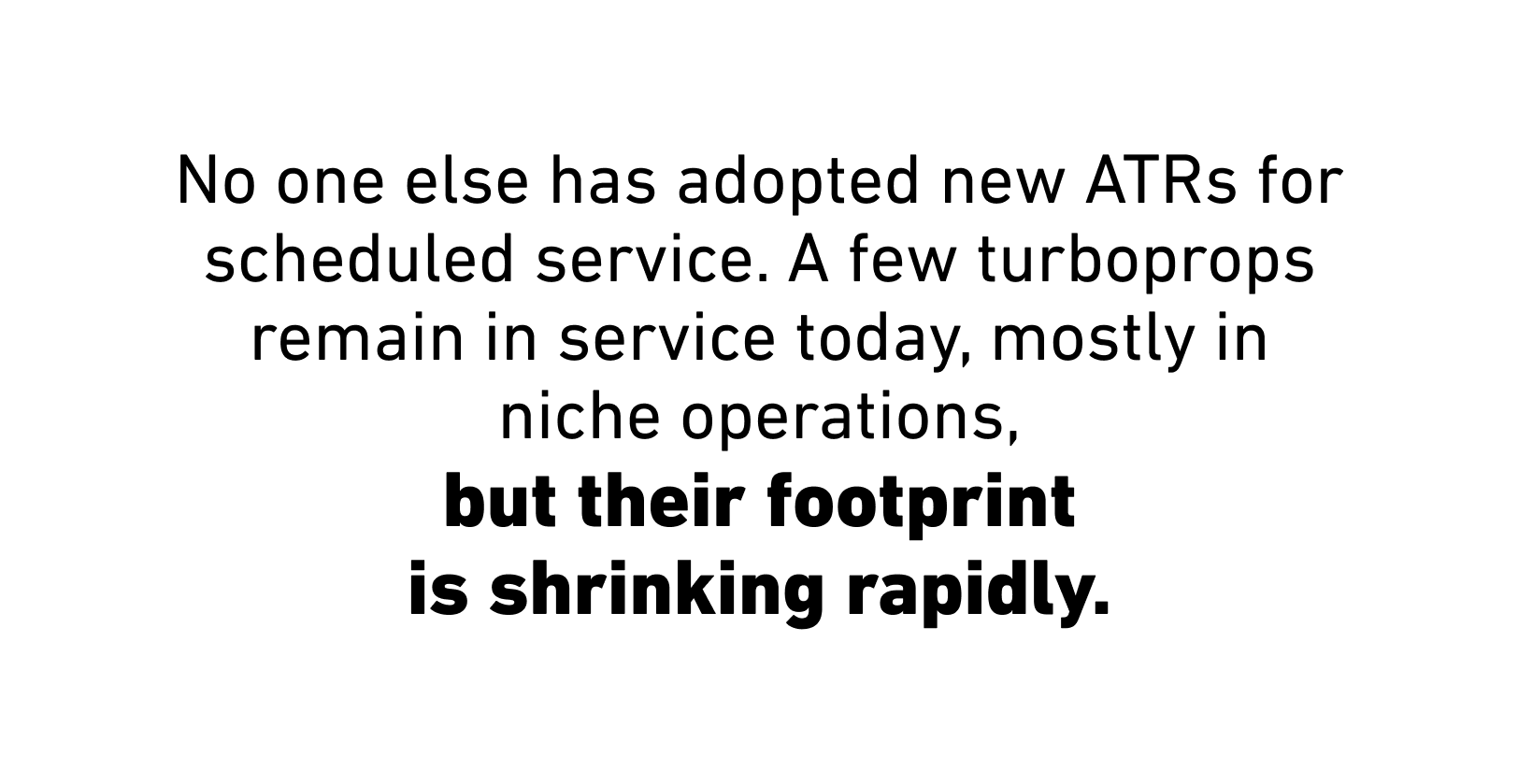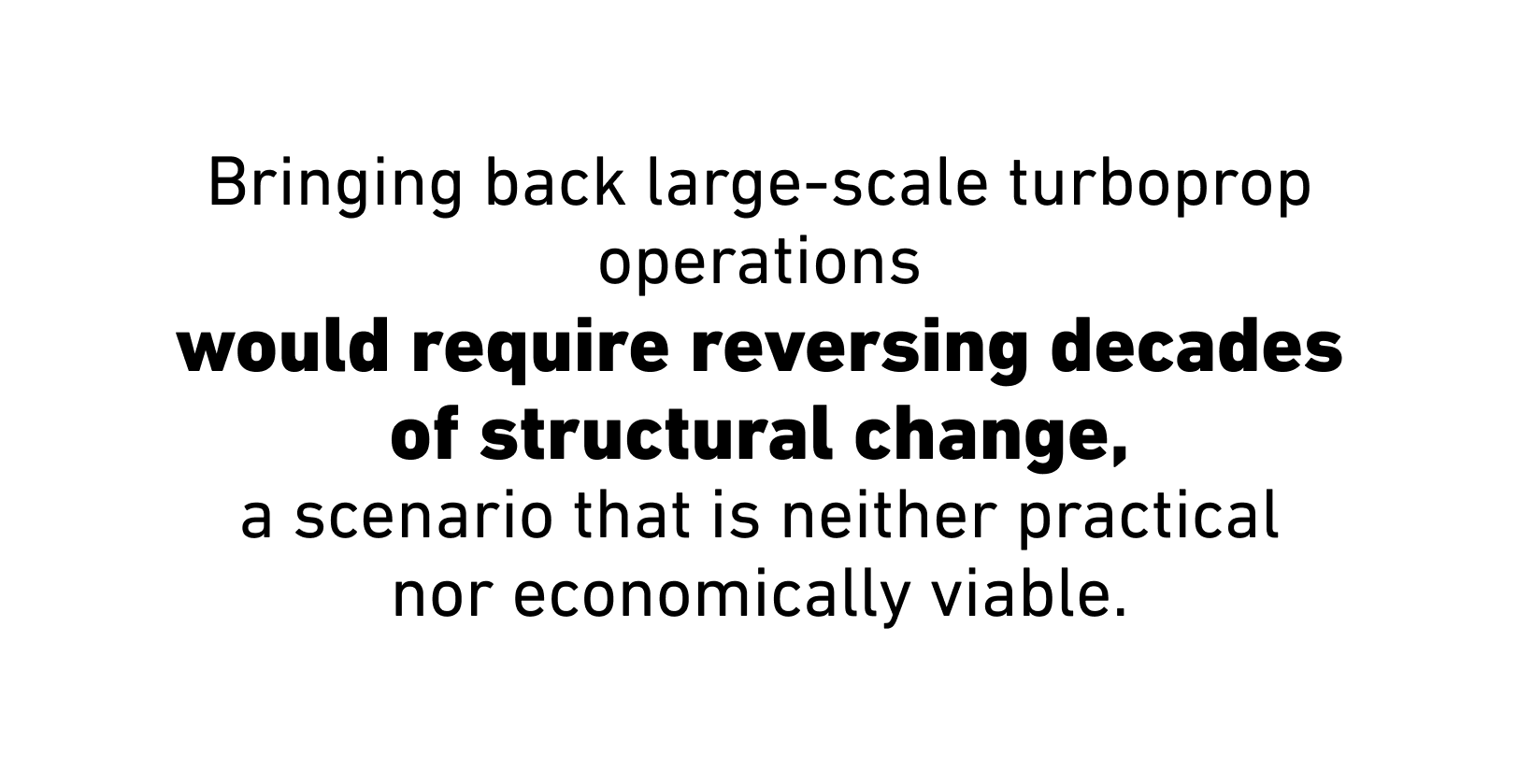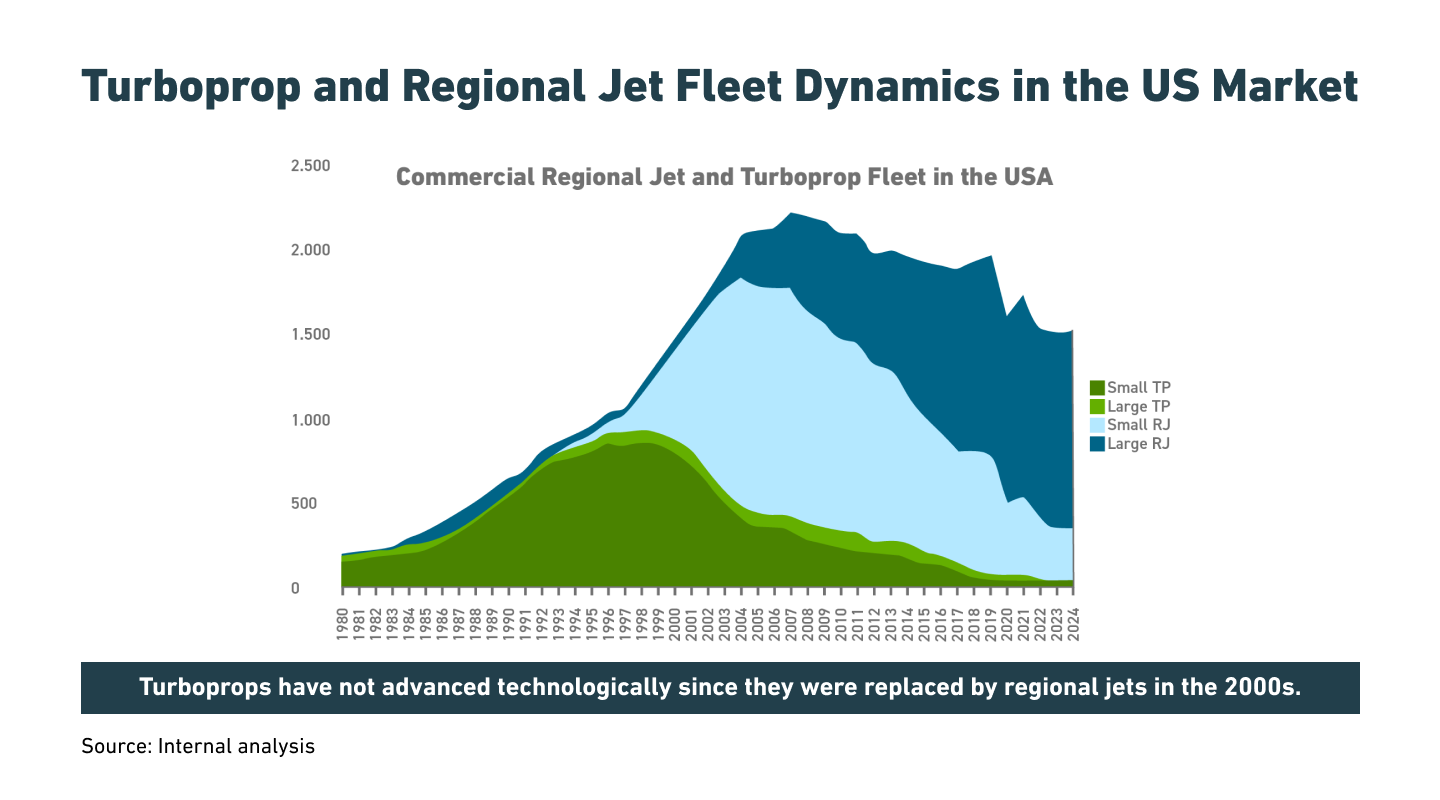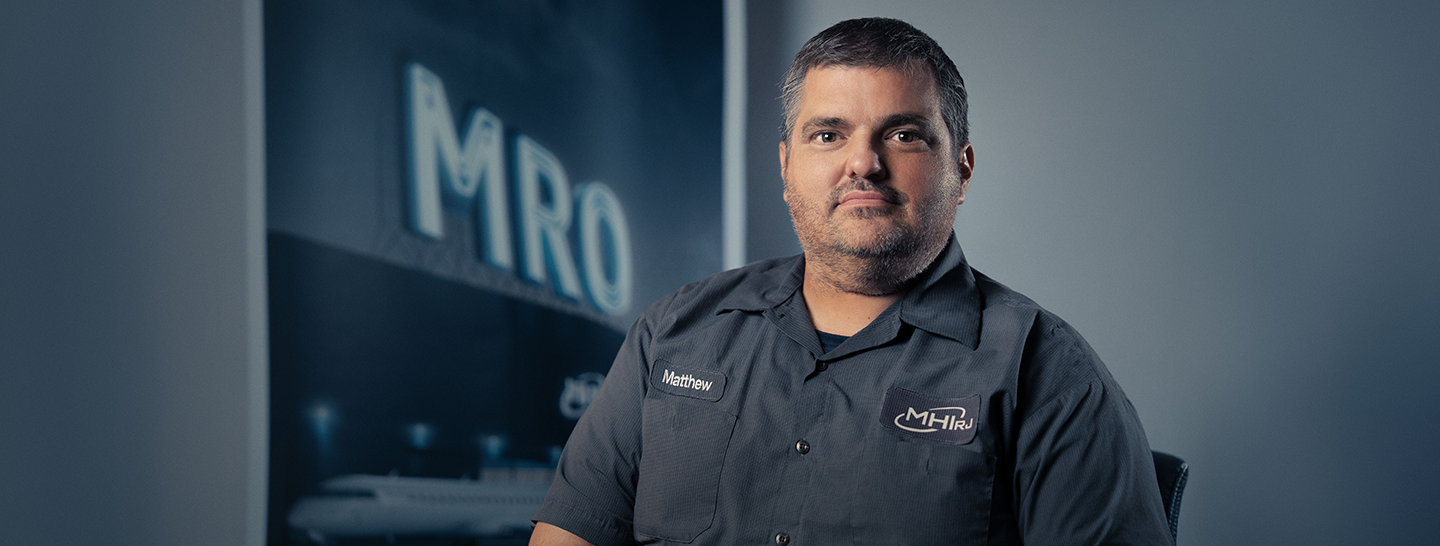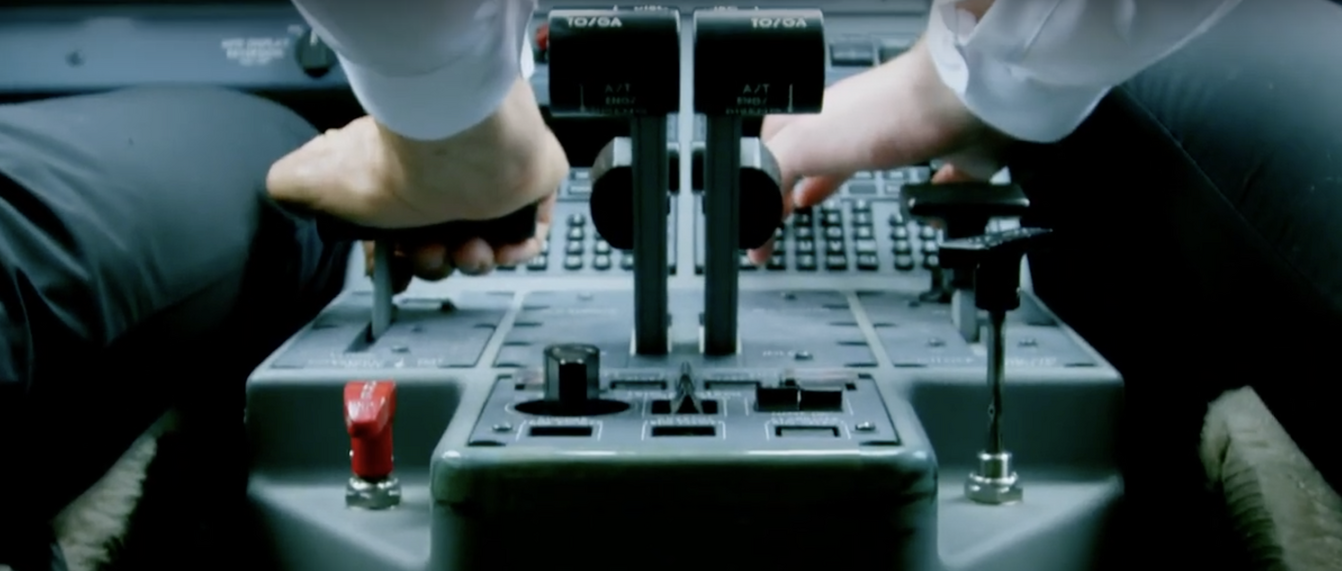
PILOT SHORTAGE: ELEVATING THE TRAINING LANDSCAPE

The need for change at every level of the aviation industry remains paramount as we continue to adjust and adapt to the new reality. When it comes to the acute need to train new pilots, time is of the essence. With so much new technology at our disposal, how can we leverage it to our advantage?
During a time when air travel was thriving, nobody could have predicted the unexpected arrival of the pandemic and the long-lasting impact it would have on the aviation industry. As with any unforeseen event, the only way to get through it is to rally together and pivot as needed. While it brought immense challenges to the table, it also presented the industry with the opportunity to make critical changes, including modifications to the regulations surrounding pilot training.
While attending the recent Regional Airline Association meeting in Washington, D.C. MHIRJ met with key industry players to have important conversations about current issues like the pilot shortage, and the solutions required to effectively resolve them. When it came down to discussing the need for changes in pilot training, there was no better person to speak to than Randy Babbitt—former commercial airline pilot for 25 years, former President and one of the founding members of the Air Line Pilots Association (ALPA), and former FAA Administrator from 2009–2011.
From the availability of new technologies to the need for superior safety practices, Babbitt weighed in on what he thinks needs to happen in order to elevate training and cater to today’s reality:
PUTTING TIME ON OUR SIDE
At the height of the pandemic, airlines had reduced their schedules to 20%, meaning around 80% of pilots weren’t flying at all. At the same time, this had a direct effect on training new pilots. “We've come through a difficult time. The pandemic did not help. You had limitations on people being in proximity. Obviously with masks and so forth, you couldn't even train together because we sit too close together in the airplane,” said Babbitt.
As a pilot for 25 years himself, and now serving as an advisor to the Regional Airline Association (RAA) on training and safety, Babbitt has experienced the impact first-hand and brings a valuable perspective to the table. Even though the industry has fully resumed training, obstacles remain, like the 1,500-hour flight time requirement for new commercial pilots, in comparison to 750 hours for military pilots. Babbitt explains:
“They put a requirement that you had to have more flight time. I think one of the areas we could make progress in is recognizing that not all flight hours are created equally. The legislation and aviation rule-making committees have looked at this and have said you're absolutely right. So, we should be able to substitute quality training for a block of flight hours.”
SAFETY FIRST
When it comes to hours, what matters is the quality of the hours and the exposure to real-life scenarios. Pilots need to know how to work in a multi-crew environment and how to react accordingly to a variety of challenging situations. From engine failure to hazardous wind shear, experience is everything when it comes to safety training. And that’s where technology comes in.
“Today’s modern six-axis level D simulator is precisely like flying the airplane. Technology has made huge advances in training and allowing us to better train pilots to the situations they’re going to operate in,” he said.
Since data supports the fact that new technologies in flight simulation do support better safety training, Babbitt hopes that regulators will acknowledge the value in augmented and virtual reality when it comes to required training hours. Modernizing training requirements can help get pilots accredited and in the air faster, helping to close the pilot shortage gap.
- Log in to post comments

 24
24
